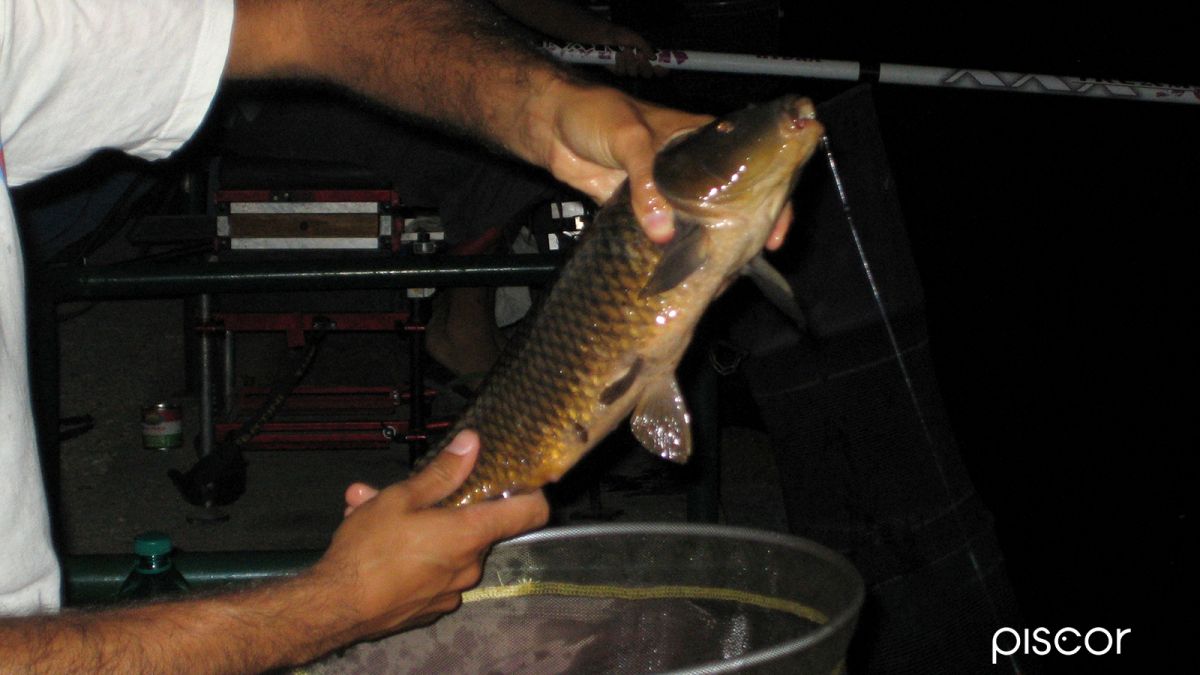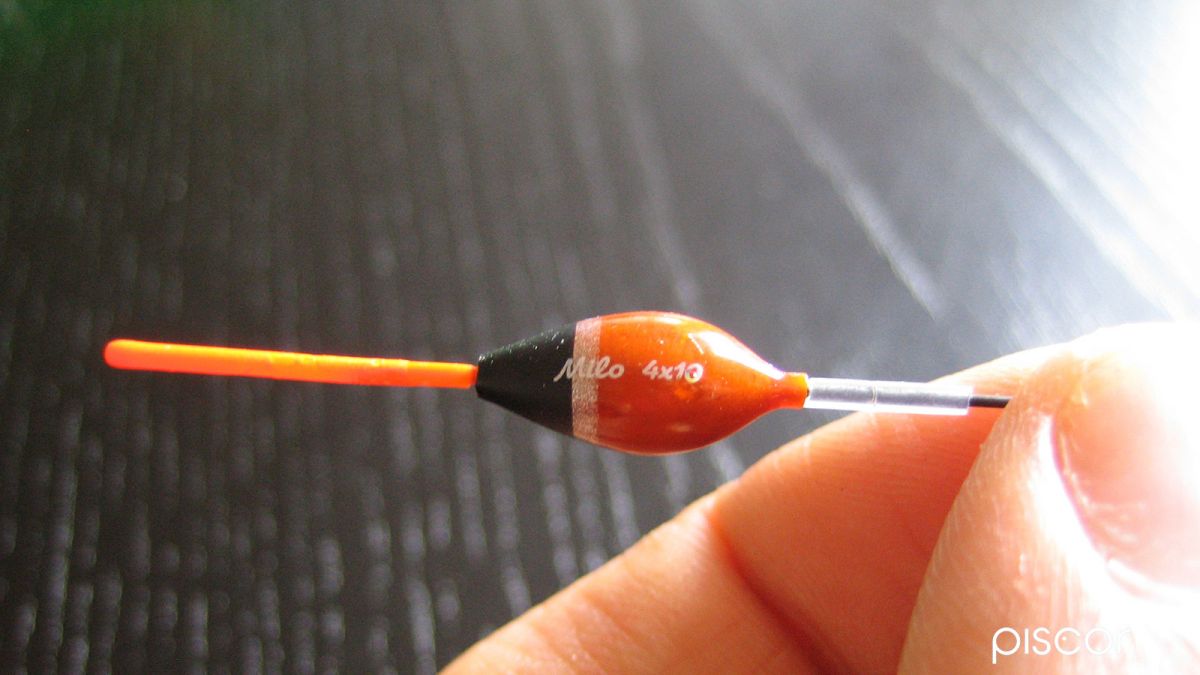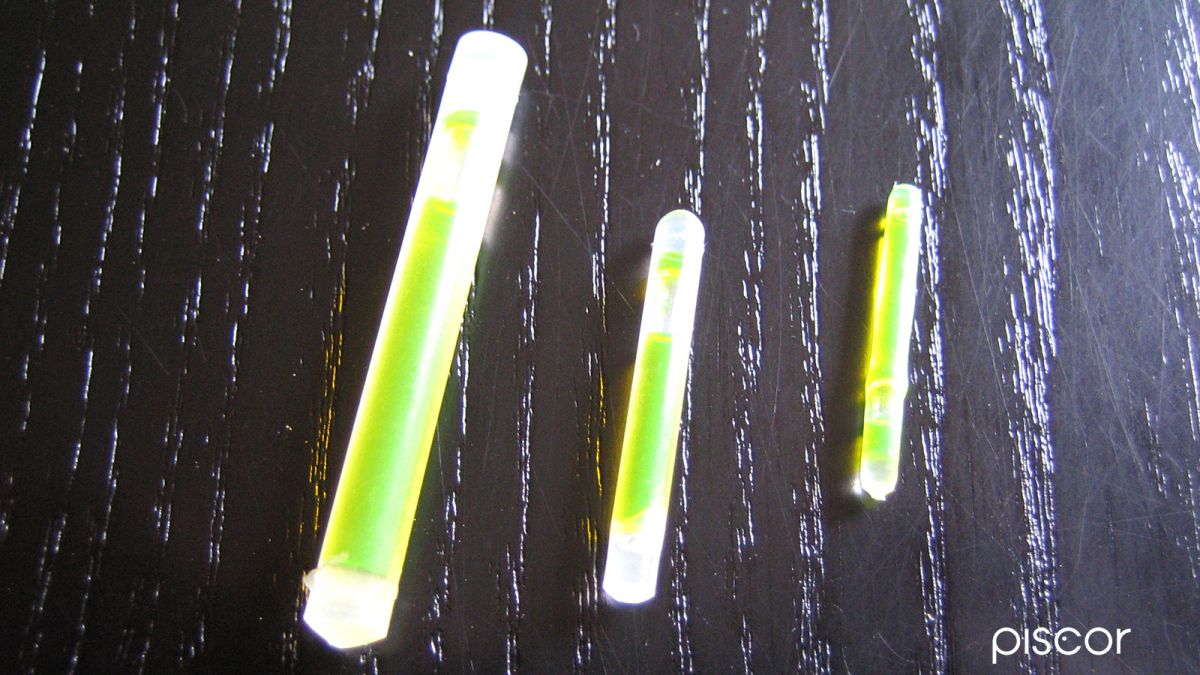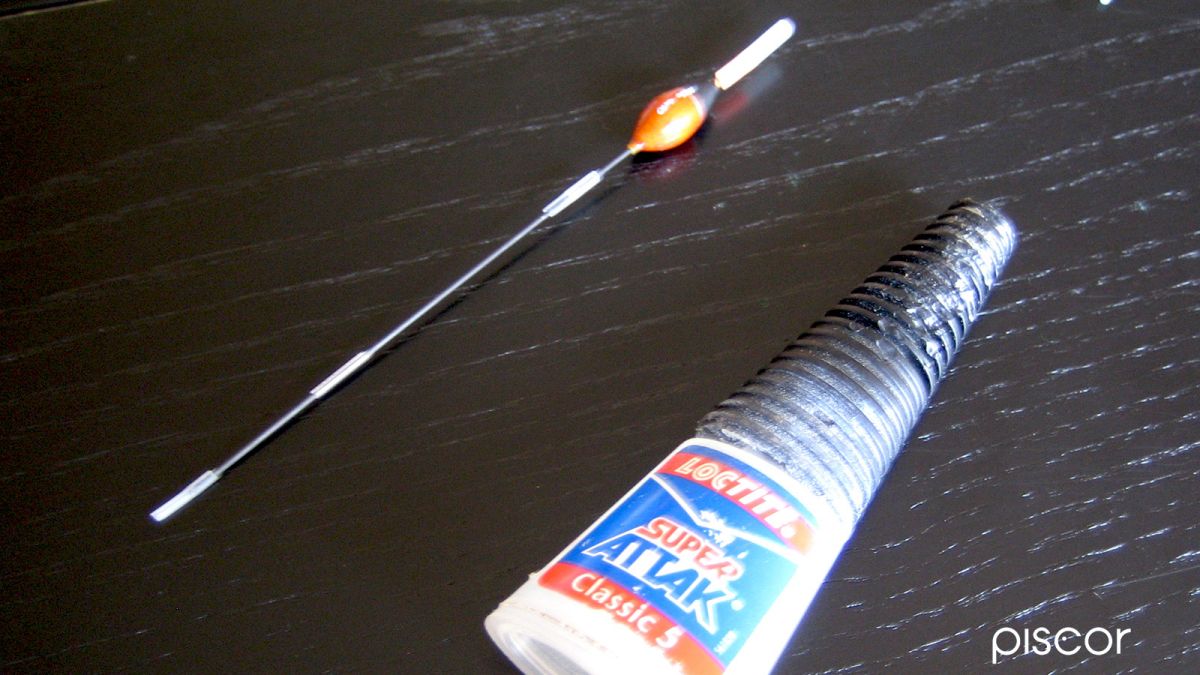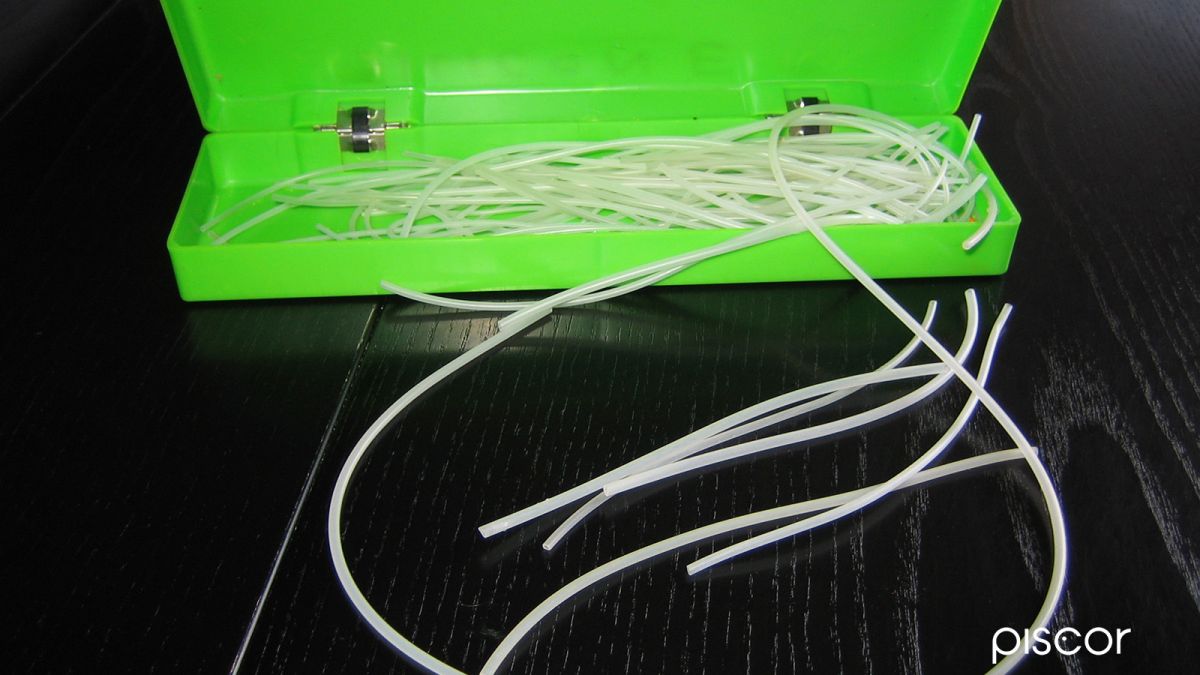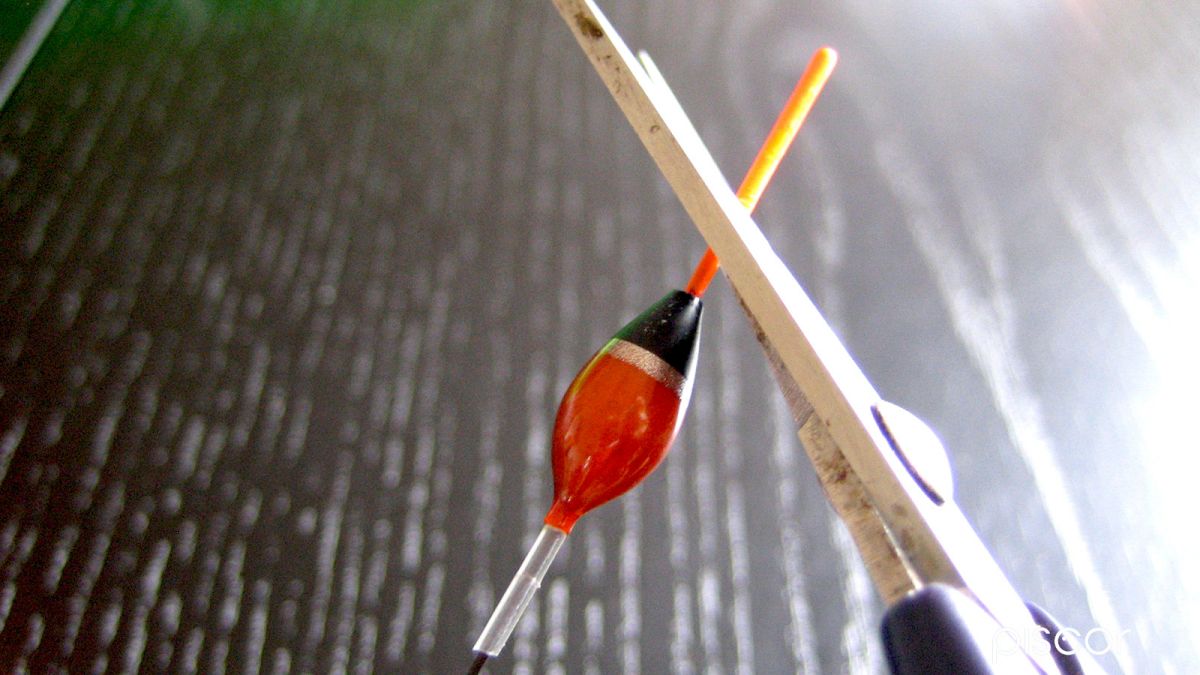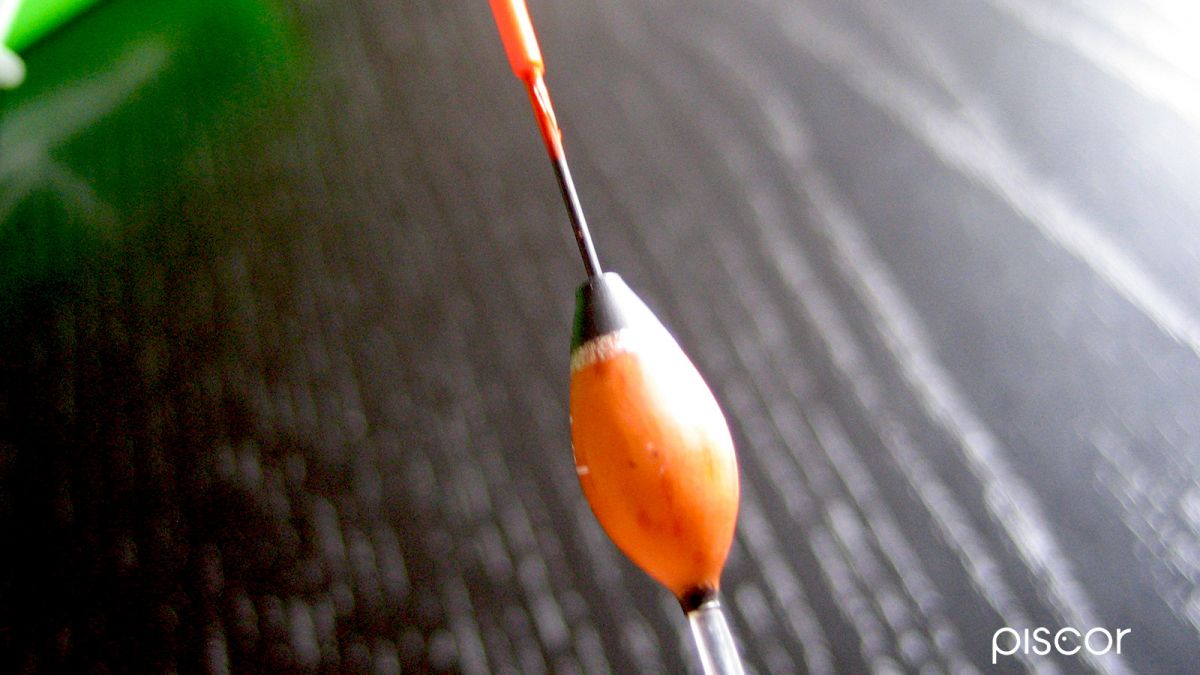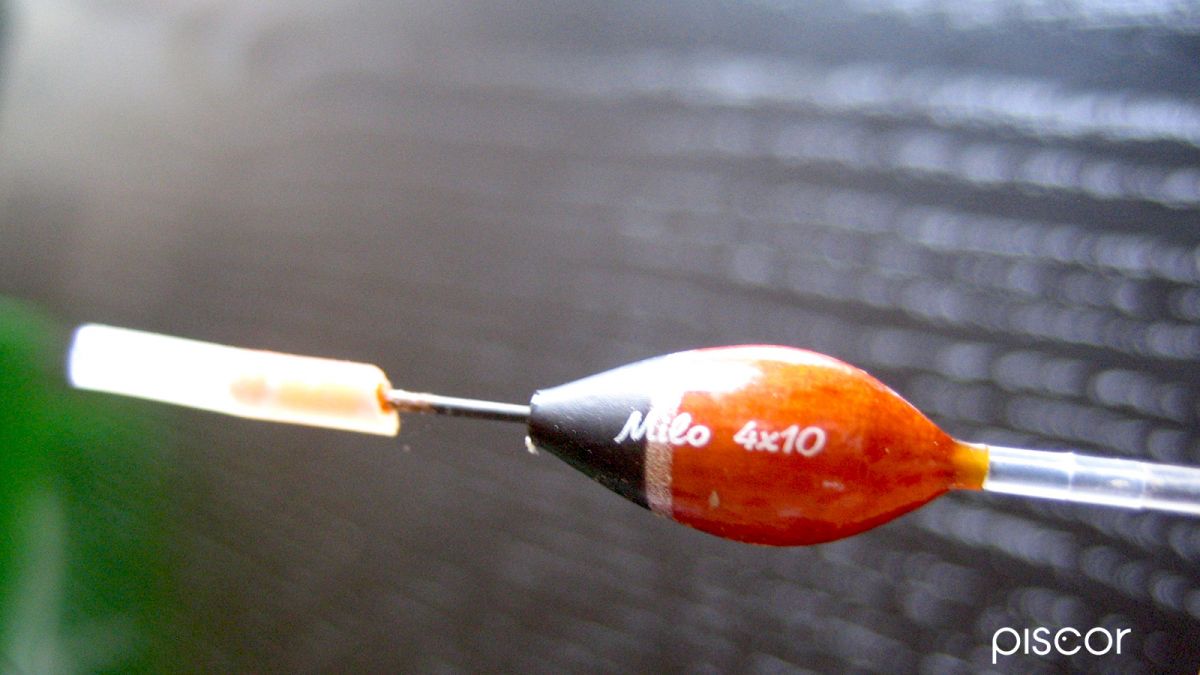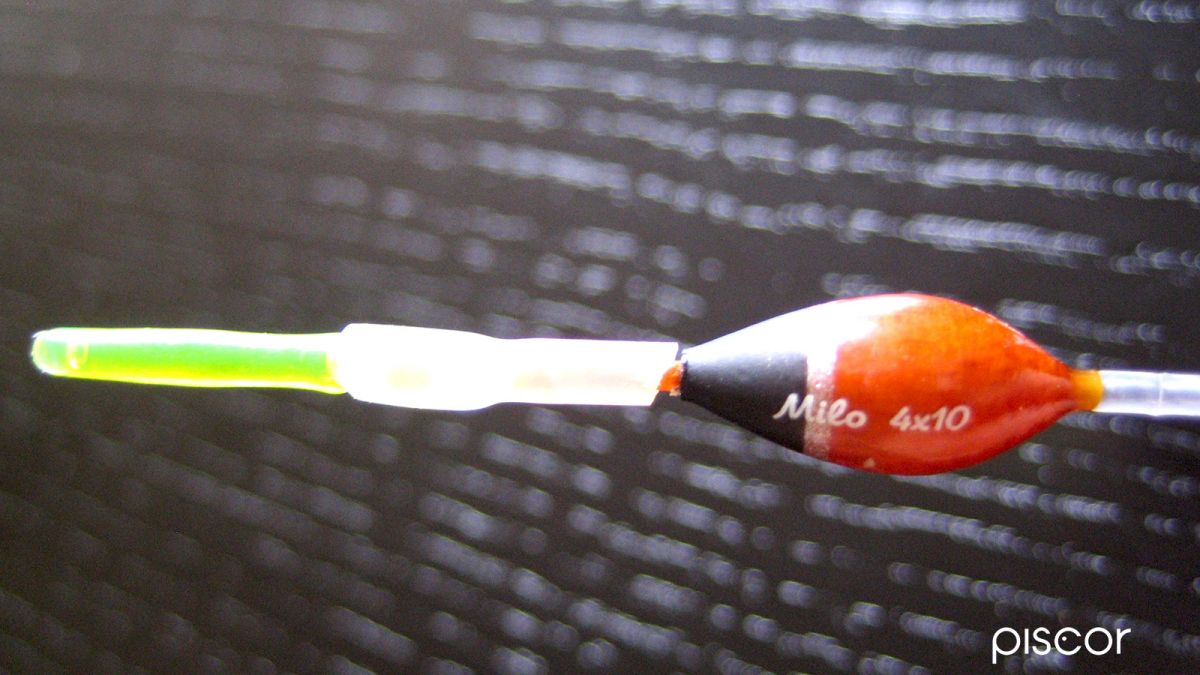Everyone knows how important the five senses are to live well and relate to objects, but also to carry out perfectly every operation undertaken.
Going into the specific terms of fishing, it is easy to understand that without the help of touch, for example, it would be much more difficult to tie a hook, as well as trigger a bait on the same, not to think about the unhooking of the fish or the simple management of the rod in the hand. Turning to the view, however, it is clear that its task is irreplaceable and that without it would not be possible to see a float, bait and know where we are fishing, and so on.
This brief introduction gives an idea of how much more difficult it is to catch a fish during the night than during the day, given that in the dark, even if with the help of artificial light, it is decidedly more complicated to have the perception of the distance, as well as to be able to see a knot in line, a tangle or, more simply, a trigger ruined by the fish, in addition to the fact that the action times are slowed down considerably because of an imperfect visibility.
Here, then, is that a competition held at night, compared to the same plant, but made during the day, is equivalent to fishing with a visual handicap, comparable to a slight sensory deficit.
In this article, we will examine some tricks to simplify and speed up fishing at night, bearing in mind that practicing speed fishing in the dark can also be useful to improve the cleanliness of movements during the day, eliminating downtime and improving the number of fish caught in a given period of time.
Robust and reliable fishing line
The first aspect to be taken into consideration for a correct night fishing in the carpodrome is the reliability of the line. It is enough to think of how much this is stressed and especially how much it could suffer damage due to frequent unhooking, especially working on the surface or in the middle of the water, to realize how much it is not possible to sacrifice strength to promote sensitivity.
During the day, in fact, if a line gets tangled up or becomes worn out, it is easy to notice it even during fishing, simply by lifting the rod and pulling the line out of the water. During the night, on the other hand, to check the fishing setting, as well as the trigger, it is mandatory to pull the rod behind, interrupting fishing for a much longer period, since the darkness does not allow you to see in the distance, in addition to the fact that to dissolve any tangles is imperative to spend much more time than normal.
A too delicate fishing setting would lead to continuous interruptions in the catch, with disastrous consequences in terms of downtime and rate of catches. Following this, it is good to make a simple line, with a few large shot sizes and adequate nylon, eliminating the knot of the buttonhole to which to join any rigs.
Having a 0.20 gauge monofilament on which to insert an internal 0.10-gram through-buoyancy float, calibrating everything with a single 6 or 7-point and concluding the line with a hook tied directly to the main line, serves to obtain a valid result. Clearly we are talking about a spartan geometry that is suitable only for fishing on the surface or in the middle of the water, perfect for all plants where the concentration of carp is high.
Right hook... easy unhooking
The choice of the hook is also very important, not only because of its shape and size, but also because of the presence or not of the barb. Choosing a barbless model allows us to speed up the unbending of the prey once brought to shore.
This operation, which is not easy when dealing with large fish such as carp and amur, becomes even more cumbersome when carried out without daylight. These reflections lead us to prefer a hook without a barb that can be removed from the mouth of the fish very easily compared to a traditional model, especially without necessarily having to resort to the disgorger.
In the second analysis, it is good to move towards a classic carpodrome shape, with a short stem and wide curve. The measure, quite generous, like the fourteen or the sixteen, even if in contrast to the rules of fishing afloat that would like a very small hook, is essential to minimize the unhooking and to speed up the recovery of the fish.
Which starlight?
When fishing at night, it is compulsory to use the starlight to detect the float and the subsequent eating of the fish. Nevertheless, when fishing in a competition and you need to have a free lunch to hook as many prey as possible, it is important to consider some tricks that may seem negligible, but that are not at all. The first of all is the calibration of the indicator that must be perfect, especially when fishing off the bottom.
Calibrating perfectly a float with starlight, however, is not very easy, as the latter has a high weight and contains a liquid that with the passage of time can escape due to minor injuries to the plastic casing, changing the buoyancy of the whole indicator. In addition to this, a very thin starlight must be chosen that is decidedly sensitive.
The traditional sizes are three and differ according to the thickness: 4.5 mm, 3 mm and 2.2 mm Logically it is advisable to choose the thinner one and be careful to calibrate the indicator on the surface of the water. This choice is not only useful to make the eating of the fish more frank, but also to have a more stable and less unbalanced indicator, since a thicker and heavier starlight would make unbalanced the tiny float that should be used for fishing afloat.
An easy and effective modification
To achieve maximum sensitivity without sacrificing strength, however, you can use a small modification that allows us to obtain an optimal float. Instead of choosing a model of those born for the use of the starlight, always unbalanced because of a weight/volume ratio too much to the advantage of the second, we can move towards a classic product to which to make a change.
Just choose a through-wire indicator that has the hollow plastic antenna directly glued to the carbon drift. At this point, with scissors, you have to cut the antenna leaving only half a centimeter. On this small portion you must then glue about one centimeter of silicone tube that is large enough to accommodate inside the starlight 2.2 mm.
In this way we can have a float with a strong and very sensitive body, less voluminous than a normal starlight type. With such a device we obtain a more natural presentation of the bait and a lower resistance to sinking during the eating of the carp.
Attention to light on the water
A small trick to catch continuously during a night competition, especially if the fish stay in the surface layers of the water, is to never give off beams of light in the pastured area where the carp stay.
Many fishermen, in fact, during the phases of fording and recovery of the fish, are used to turn on the head light to identify the prey. This behaviour tends to frighten the other carp left in the pasture, making them momentarily move away.
Once the fish is put in the creel and returned to fishing, it is then necessary to bring the fish back to the pasture, losing precious minutes while the other fishermen catch without pause.

